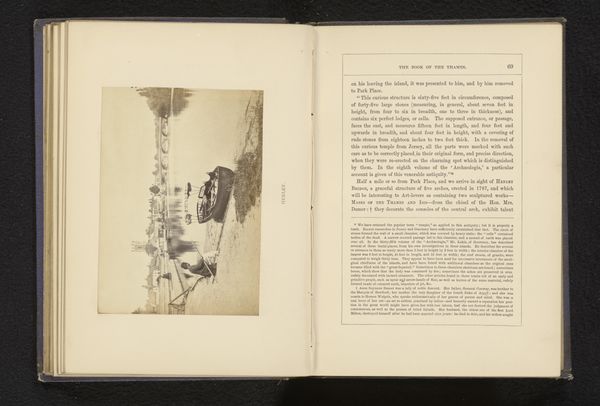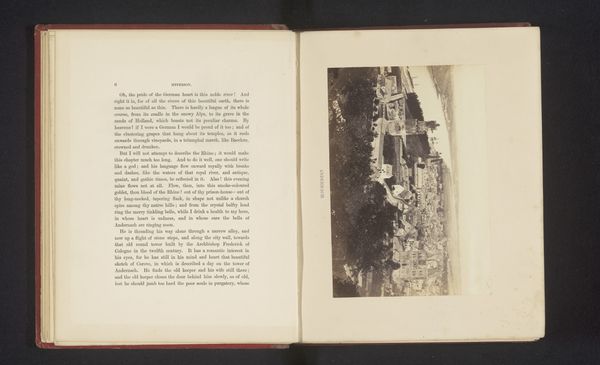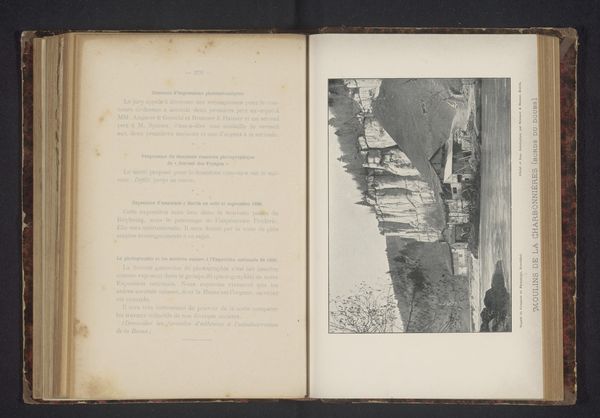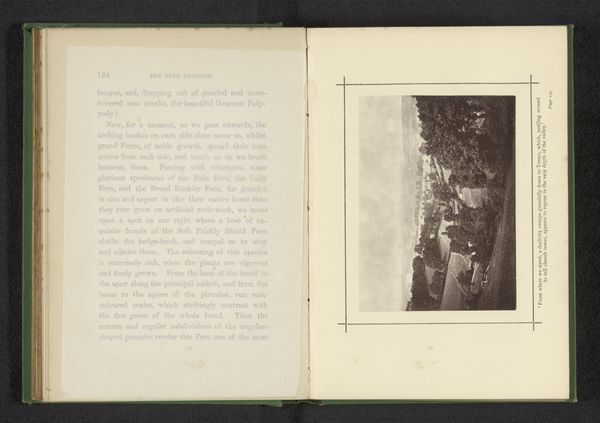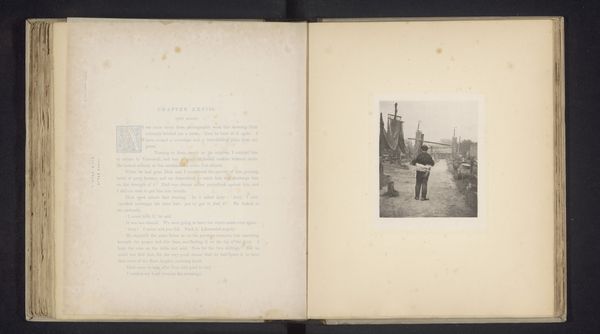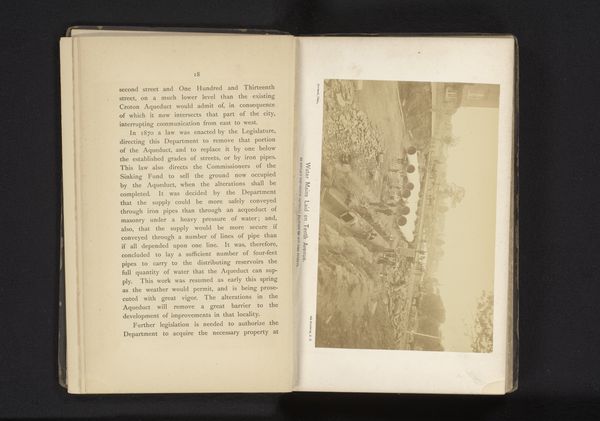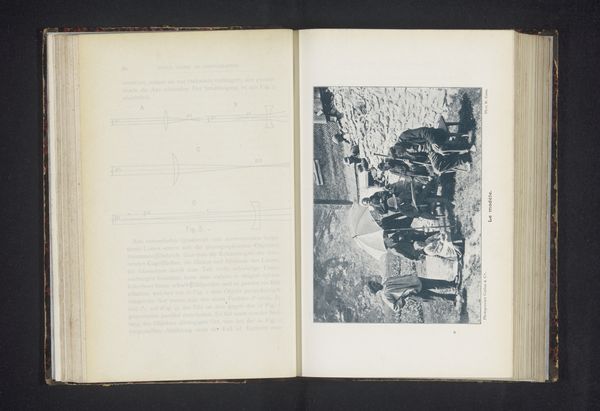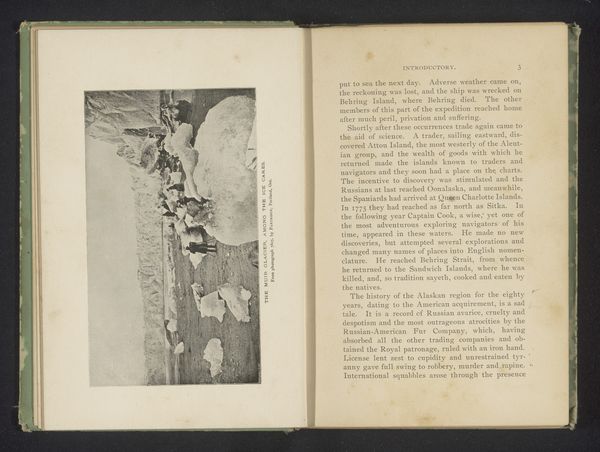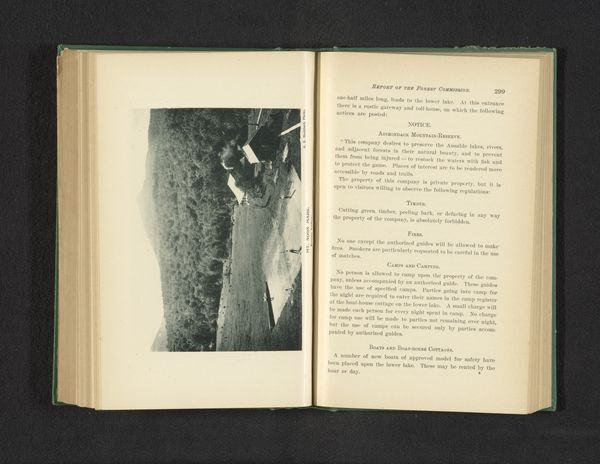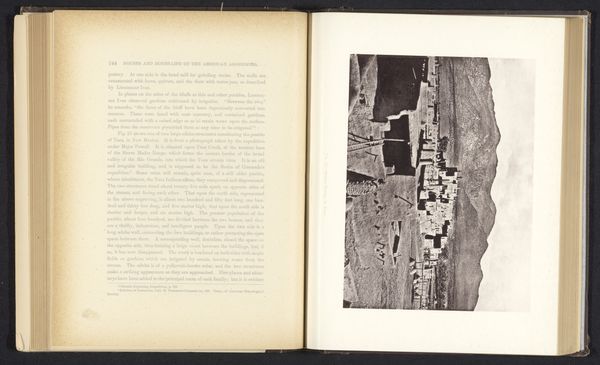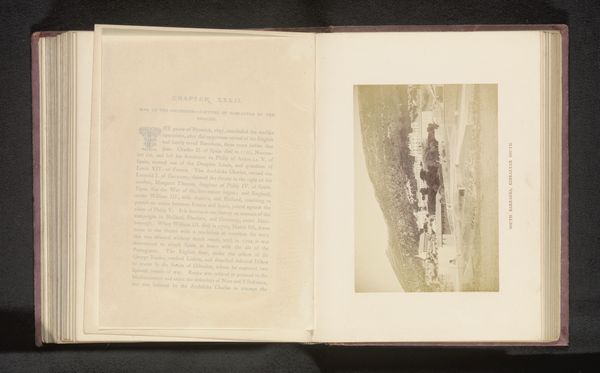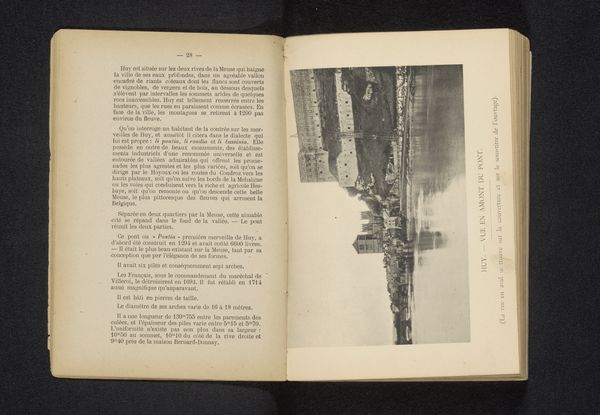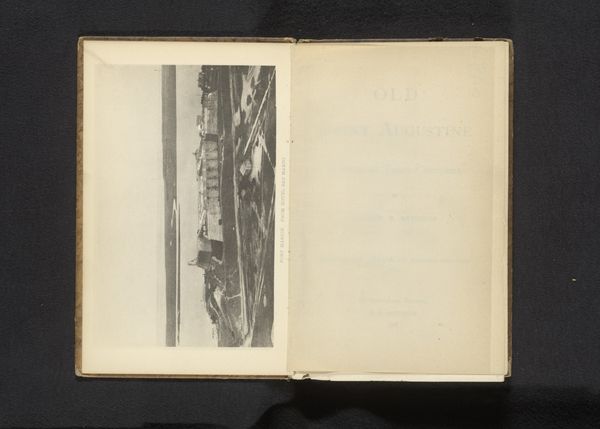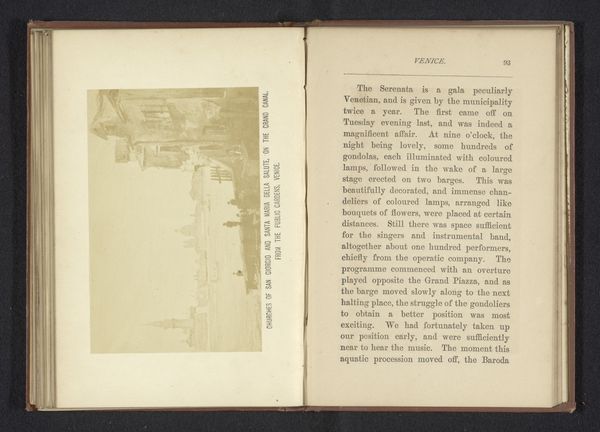
photography, albumen-print
#
landscape
#
photography
#
park
#
albumen-print
Dimensions: height 113 mm, width 190 mm
Copyright: Rijks Museum: Open Domain
Editor: Here we have an albumen print, "West Roxbury Park" by Allen & Rowell, dated before 1883. The image feels incredibly still, almost timeless. I'm curious, how does the socio-political context of the late 19th century inform our understanding of this photograph? Curator: It's fascinating to consider. The late 19th century was a period of immense urban expansion and industrialization, coupled with a burgeoning concern for public health and recreation. Think about Central Park in New York, designed by Olmsted. How might the creation and documentation of West Roxbury Park be seen as a response to these societal shifts and anxieties, reflecting a desire to create ordered, healthy, and accessible spaces for an increasingly urban population? Editor: So, photography served not just as documentation, but as a tool in shaping public opinion about these parks? Curator: Exactly. This image likely served a specific purpose. Was it for promotion, city planning, or perhaps to assure the public of progress in improving urban life? These photographs often participated in shaping public perceptions and securing further investment in such projects. Who was the intended audience? City officials? Potential donors? The very act of framing a natural space, photographing it, and presenting it speaks to a desire to control and present nature in a specific way. Editor: I never considered it that way! It makes me rethink how we view these historical landscape photos. I suppose I was focusing on the purely aesthetic value, and didn't consider that it was probably part of a political narrative. Curator: It’s a common first reaction. But understanding the interplay between the aesthetic, the political, and the social can really deepen our understanding. Think of museums and institutions of that era, too. How would images like this reinforce a specific narrative about progress, order, and control in the urban landscape? Editor: This has been incredibly enlightening. Now I see how important it is to analyze these landscapes as representations within specific historical and social contexts. Curator: Precisely. Remember, even seemingly objective depictions of nature are imbued with socio-political meaning.
Comments
No comments
Be the first to comment and join the conversation on the ultimate creative platform.
